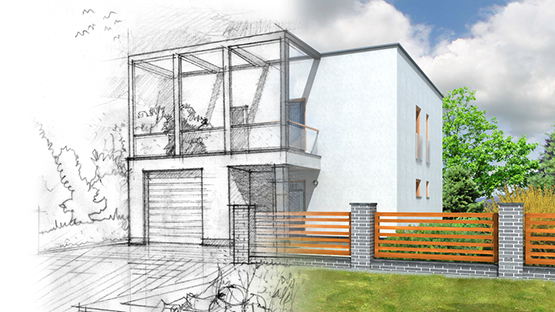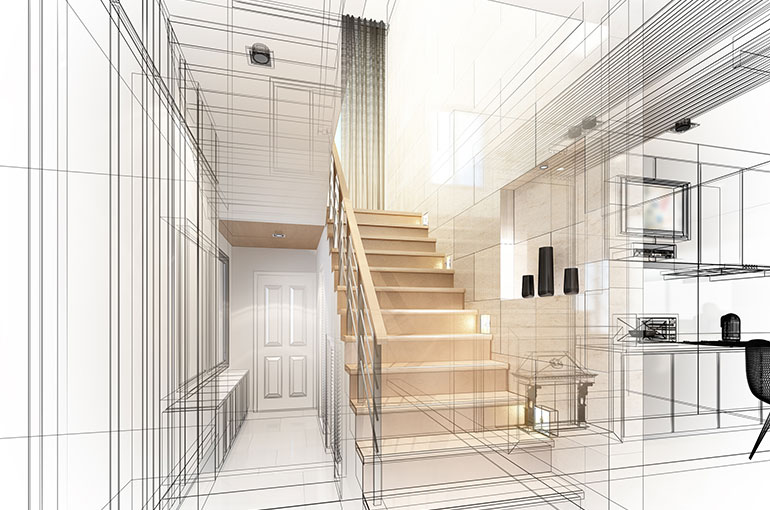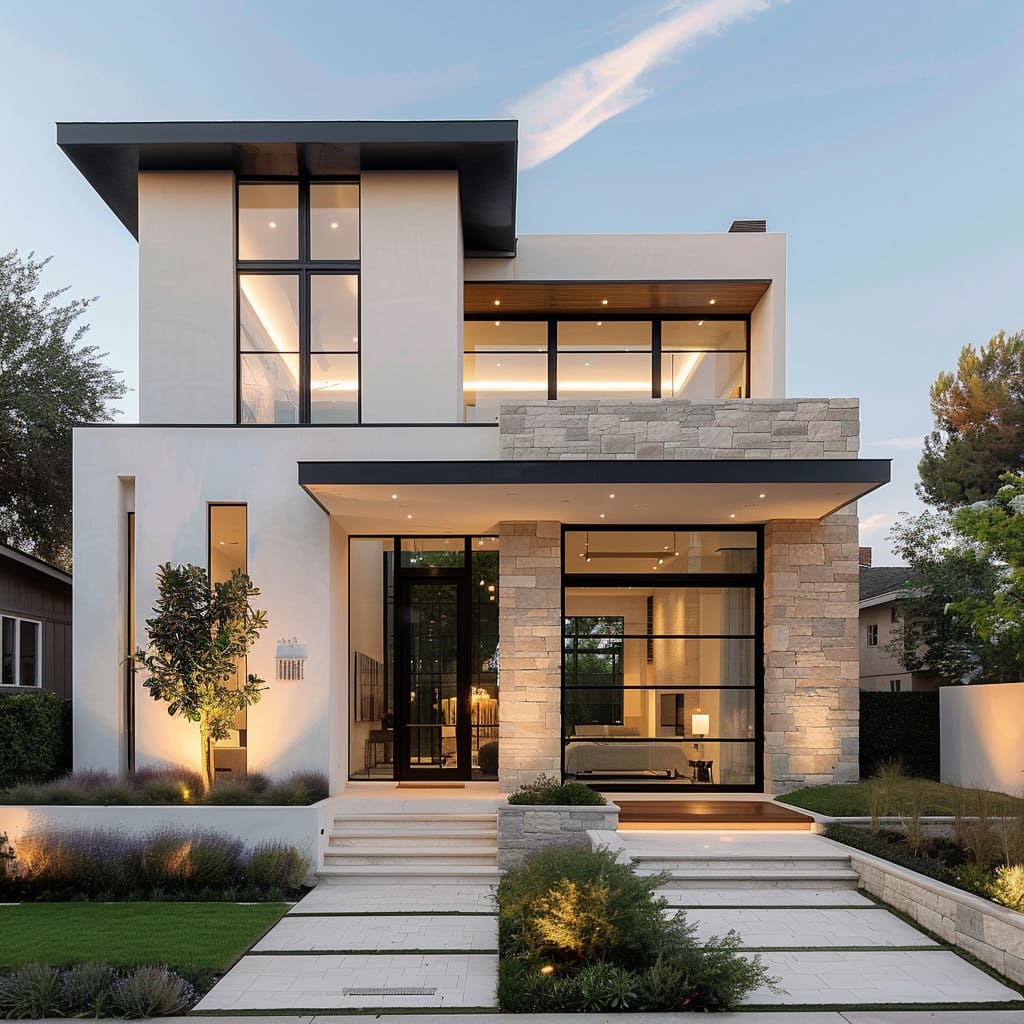A Detailed Review of Building Designs and Their Impact on Modern City Planning and Development
Architectural styles have long served as a mirror to the societal values and technological advancements of their time, playing an important function fit contemporary city planning and advancement. From the magnificence of Neoclassicism to the practical technique of Brutalism, each design has actually introduced distinct ideas that affect urban looks and capability. As modern difficulties develop, including sustainability and community needs, understanding these historic structures ends up being vital. The resulting dialogue not only educates future layout methods however also raises pertinent inquiries concerning the balance between heritage and innovation in our advancing metropolitan landscapes.
Historical Summary of Architectural Designs

As cultures transitioned through the Middle Ages, Gothic style arised, defined by its verticality and intricate describing, matching the spiritual goals of the era. The Renaissance marked a rebirth of classic ideals, combining art and design in innovative means that affected subsequent designs throughout Europe.

Today, building styles remain to evolve, driven by globalization and sustainability issues, mirroring a vibrant interplay in between heritage and technology. This historical introduction underscores the importance of style as a mirror of social evolution and as a driver for city development.
Secret Architectural Styles Explained
The variety of building styles reflects the myriad influences that form our constructed setting, each embodying distinct attributes and social values. Key architectural styles include Classic, Gothic, Baroque, Modernism, and Postmodernism, each representing special historic contexts and visual ideologies.
Timeless architecture, rooted in ancient Greece and Rome, emphasizes symmetry, proportion, and using columns (cda architects). On the other hand, Gothic design, thriving in the Middle Ages, is defined by sharp arcs, ribbed safes, and flying buttresses, developing an ethereal quality in cathedrals. Baroque architecture, emerging in the 17th century, is marked by splendour, fancy decoration, and a vibrant interaction of light and shadow
Modernism, which acquired momentum in the early 20th century, prioritizes feature over kind, making use of brand-new materials like steel and glass to produce minimalist frameworks. Postmodernism, responding against the austerity of Modernism, embraces eclecticism and historic recommendation, commonly integrating playful elements and paradox.

Effect On Urban Planning
Fit the development of cities, building designs substantially influence metropolitan planning decisions. The selection of building design typically determines the looks, functionality, and general character of metropolitan settings. Innovation, with its emphasis on minimalism and functionality, motivates open areas and the combination of modern technology, shaping city designs that focus on efficiency and availability. Alternatively, conventional styles might stress historical preservation, causing city layouts that maintain cultural heritage and promote pedestrian-friendly atmospheres.
Moreover, building check over here designs can affect zoning guidelines and land utilize plans. Urban coordinators have to take into consideration the dominating building patterns when creating districts, making sure that new advancements balance with existing structures. This consideration fosters natural city landscapes and boosts neighborhood identity.
The application of particular architectural designs can additionally affect socioeconomic elements within a city. High-end modern styles might draw in affluent residents and companies, leading to gentrification, while much more economical housing remedies may focus on functional and sustainable layouts to accommodate varied populations. cda architects. Inevitably, the interplay in between architectural designs and metropolitan planning develops vibrant cities that mirror both historic context and contemporary needs, forming the lived experiences of their occupants
Sustainability and Modern Architecture
Building styles play an essential role in resolving contemporary difficulties, particularly in the world of sustainability. As urban areas increase and environmental worries magnify, modern-day architecture progressively embraces sustainable layout principles that prioritize power performance, resource preservation, and marginal ecological effect.
Contemporary building movements, such as biophilic style and environment-friendly architecture, advocate for frameworks that integrate with their surroundings, using all-natural products and advertising biodiversity. These styles typically include renewable resource sources, such as photovoltaic panels and wind generators, to reduce reliance on nonrenewable fuel sources and reduced carbon impacts.
Moreover, the integration of sophisticated innovations, such as clever structure systems, enhances energy management, enhancing resource usage while making sure owner convenience. Cutting-edge water management strategies, including rainwater harvesting and greywater recycling, further add to lasting metropolitan atmospheres.
Especially, sustainability expands past ecological worries; it incorporates social and financial measurements also. By fostering community well-being and promoting inclusivity, contemporary building styles align with sustainable growth objectives. Subsequently, the Discover More Here development of architectural practices remains to form resistant cities that not just satisfy the needs of today yet additionally secure the future for generations to find.
Area Interaction in Design
Area interaction in layout serves as a vital bridge in between designers and the populations they offer, ensuring that the built atmosphere mirrors the requirements and goals of its customers. This collective process welcomes community participants to contribute their understandings and preferences, fostering a feeling of ownership and obligation toward the areas they inhabit.
Reliable community involvement utilizes numerous methods, such as workshops, studies, and public forums, to collect diverse point of views. These approaches assist in a two-way dialogue, permitting designers to recognize local contexts while equipping residents to voice their problems and desires. This inclusivity not just enhances the style top quality but likewise advertises social equity by addressing the special obstacles faced by marginalized teams.
In addition, community interaction can bring about innovative options that could not arise in a conventional style procedure. By incorporating local understanding and social worths, engineers can create spaces that resonate even more deeply with customers, boosting usability and sustainability. Ultimately, prioritizing neighborhood involvement in layout procedures results in environments that nurture social interactions, support wellness, and enhance neighborhood connections, therefore playing a crucial role in shaping modern urban landscapes.
Conclusion
Architectural styles have actually exceptionally affected modern-day city preparation and development, showing developing social and technological contexts. The assimilation of historic aesthetic appeals with contemporary requirements promotes metropolitan environments that prioritize sustainability and community engagement. As cities remain to expand and adjust, the continuous dialogue between architectural heritage and contemporary style principles will continue to be essential in developing comprehensive, lively areas that enhance quality of life and advertise social equity. The future of urban Read More Here growth joints on this unified balance.